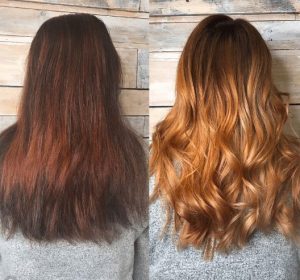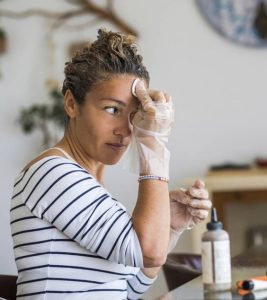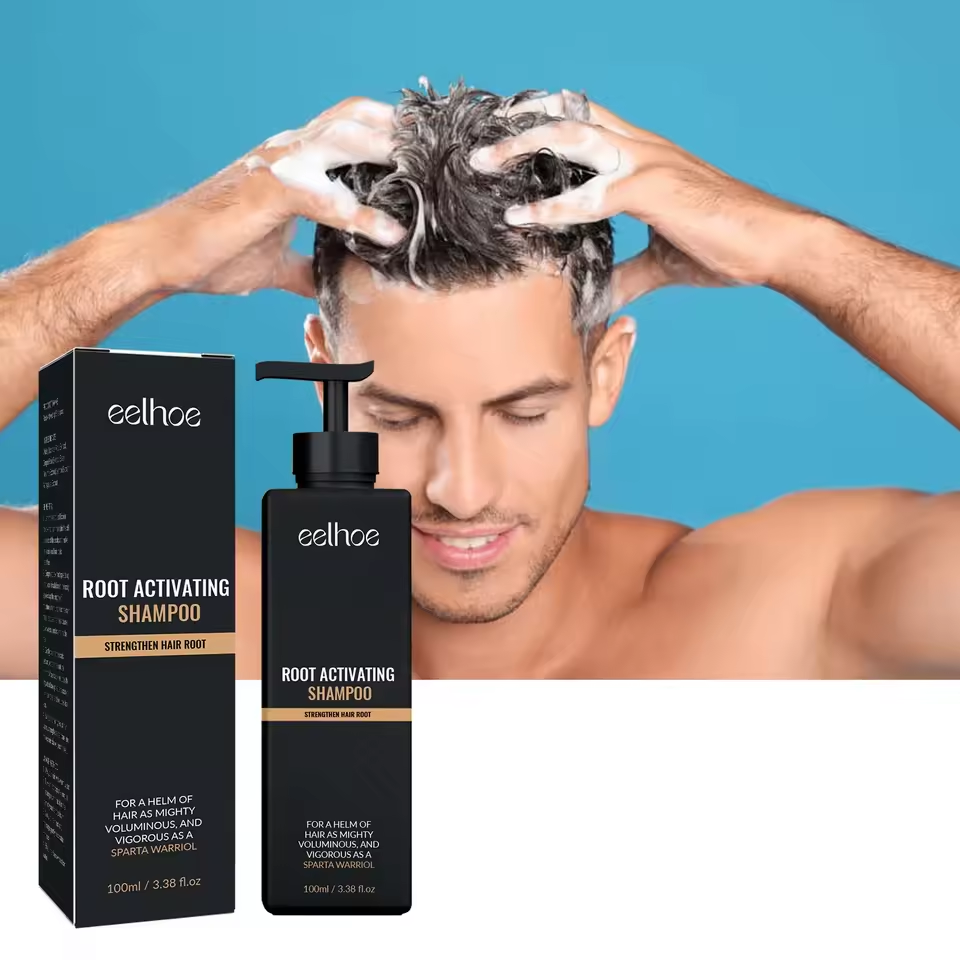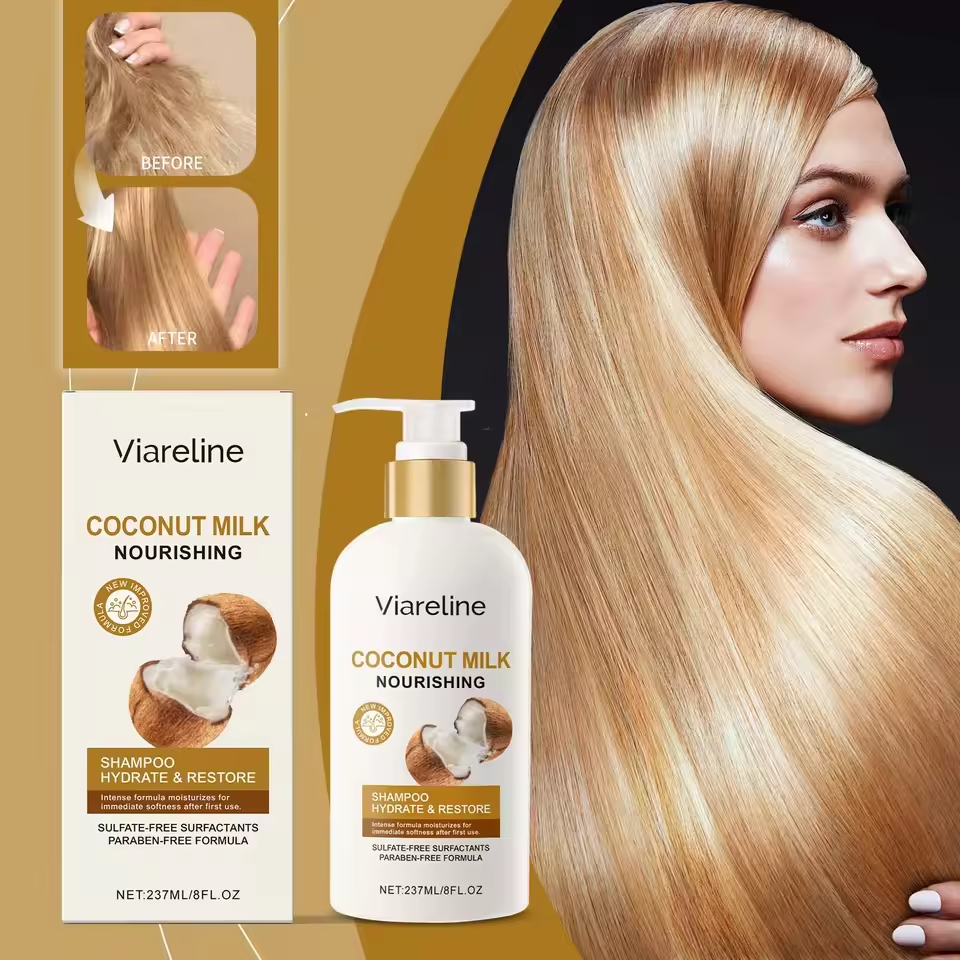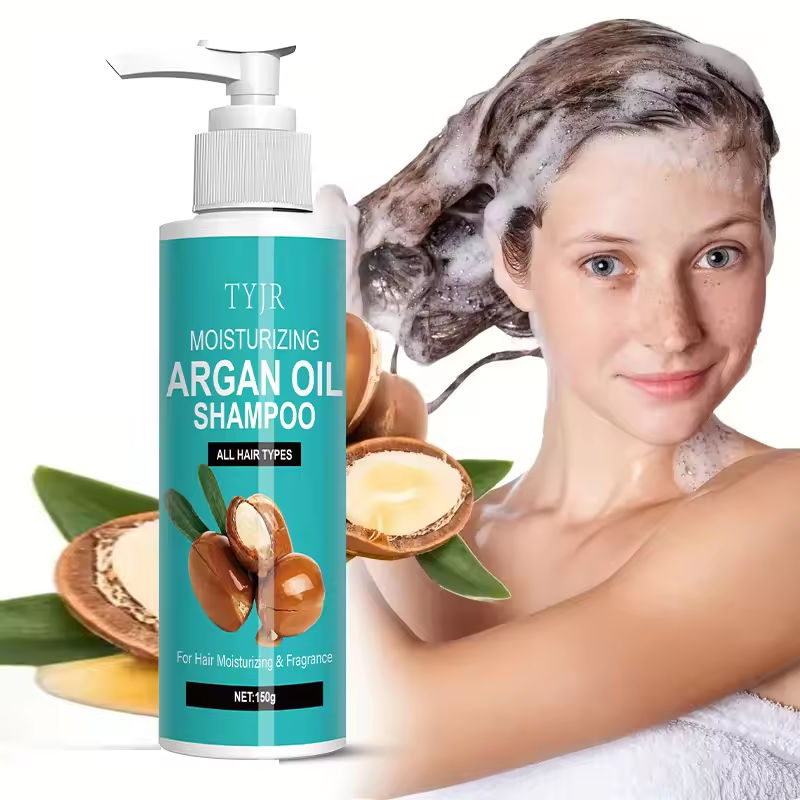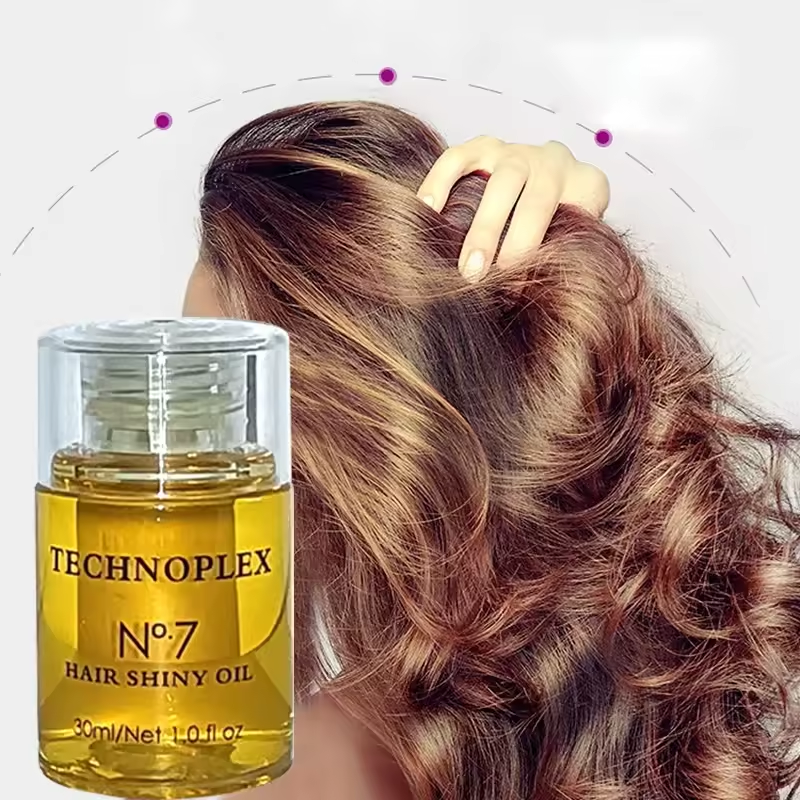Black hair dye is a popular choice for its dramatic effect and ability to cover grays. However, there may come a time when you want to remove black hair dye and return to your natural hair color or try a new shade. Here’s a guide to help you explore ways to remove black hair dye, with information on different methods and what to expect with each.
Important Considerations Before You Begin
Hair health:
Bleaching and other lightening treatments can damage hair. Assess the current condition of your hair. If your hair is already dry or brittle, it may be wise to consult a professional colorist before attempting to remove black dye yourself.
Realistic expectations:
Completely removing black hair dye, particularly permanent dye, can be challenging and may require multiple treatments.
Strand test:
Before applying any product to your entire head of hair, always do a strand test on a small inconspicuous area to check for allergic reactions and see how your hair will react to the treatment.
Exploring Hair Dye Removal Options
There are several methods for removing black hair dye, each with varying degrees of effectiveness and potential for hair damage. Here’s a closer look at some common options:
-
Color remover: Color removers are products specifically formulated to remove artificial hair dye. They work by breaking down the dye molecules in your hair, allowing them to be washed away. Color removers are generally less damaging than bleach but may not be as effective, especially on permanent black dye.
-
Bleach: Bleach is a powerful lightening agent that breaks down both natural hair pigment (melanin) and artificial dye molecules. Bleach can be highly effective at removing black hair dye, but it can also be very damaging to hair, causing dryness, breakage, and hair loss.
-
Vitamin C: Some people believe that using a vitamin C paste or applying vitamin C tablets crushed and mixed with shampoo can help lighten hair dye. While there are some anecdotal accounts of success, the effectiveness of vitamin C for hair lightening is not well-supported by scientific research.
-
Natural lightening ingredients: Several natural ingredients, such as lemon juice, honey, and chamomile tea, are sometimes used as home remedies for lightening hair. The lightening effects of these ingredients tend to be mild and may not be noticeable on dark hair. Additionally, these ingredients can be drying to hair.
Choosing the Right Hair Dye Removal Method
The best hair dye removal method for you will depend on several factors, including:
-
The type of black hair dye: Permanent black dye is the most difficult to remove. Temporary and semi-permanent dyes may fade more easily.
-
Your desired outcome: Do you want to completely remove the black dye or just lighten it a few shades?
-
Your hair health: If your hair is already damaged, you may want to avoid harsh bleaching treatments.
Consulting a professional hairstylist is always recommended, especially if you have dark hair, long hair, or any concerns about hair damage. A hairstylist can assess your hair and recommend the safest and most effective way to achieve your desired results.
Removing Black Hair Dye at Home (If You Choose To)
If you decide to remove black hair dye at home, here are some general steps to follow:
-
Gather your supplies: You will need gloves, petroleum jelly to protect your hairline, the hair dye removal product of your choice, and clarifying shampoo.
-
Do a strand test: Apply a small amount of the hair removal product to a hidden strand of hair and follow the instructions on the product packaging. Monitor the hair for any signs of damage or irritation.
-
Protect your skin and clothes: Wear gloves and apply petroleum jelly to your hairline to prevent staining.
-
Apply the hair removal product: Follow the instructions on the product packaging carefully. Be mindful of the processing time and avoid leaving the product on your hair for longer than recommended.
-
Rinse and condition: Rinse your hair thoroughly with warm water and follow up with a deep conditioner to replenish moisture.
Remember, removing black hair dye, particularly at home, can be a time-consuming process. Be patient and realistic about your expectations.
Caring for Your Hair After Dye Removal
After removing black hair dye, your hair will likely be dry and fragile. Here are some tips to help care for your hair:
-
Use a gentle shampoo and conditioner: Choose sulfate-free products formulated for color-treated hair.
-
Deep condition regularly: Deep conditioning treatments can help to replenish moisture and restore elasticity to your hair.
-
Minimize heat styling: Avoid using hot tools such as straighteners and curling irons as much as possible.
Consulting a Hair Professional
Removing black hair dye, especially permanent dye, can be tricky. While there are home remedies and over-the-counter products available, they can be unpredictable and potentially damaging to your hair. A professional hairstylist can:
- Assess your hair health: They can examine your hair to determine its current condition and suitability for certain treatments.
- Recommend a safe and effective removal method: Based on your hair type, desired outcome, and overall hair health, a stylist can recommend the best course of action to achieve your goals.
- Minimize hair damage: Professional stylists have the knowledge and experience to use hair dye removal products safely and effectively, minimizing the risk of hair breakage and dryness.
Alternative Approaches to Achieving a Lighter Shade
If you’re intent on lightening your hair color but are wary of black hair dye removal processes, here are some alternative approaches to consider:
-
Highlights or balayage: Adding highlights or balayage creates a lighter, multi-dimensional look without having to remove all the black dye. A stylist can advise on placements and techniques that will flatter your hair and skin tone.
-
Semi-permanent or temporary dyes: If you want to experiment with a lighter shade without the commitment of permanent dye, consider using a demi-permanent or temporary hair color. These dyes typically fade gradually over time, allowing you to return to your darker shade if you don’t like the results.
-
Embrace your natural hair color: Natural hair colors are beautiful! There are many ways to style and enhance your natural hair to make the most of its texture and color.
Ultimately, the decision of how to approach lightening your hair is up to you. But remember, consulting a professional hairstylist can help you achieve your desired look while minimizing damage to your hair.
Conclusion
While removing black hair dye can be tempting, it’s important to weigh the potential risks and rewards. Considering alternative approaches and consulting a professional can help you make informed decisions about your hair care journey.



